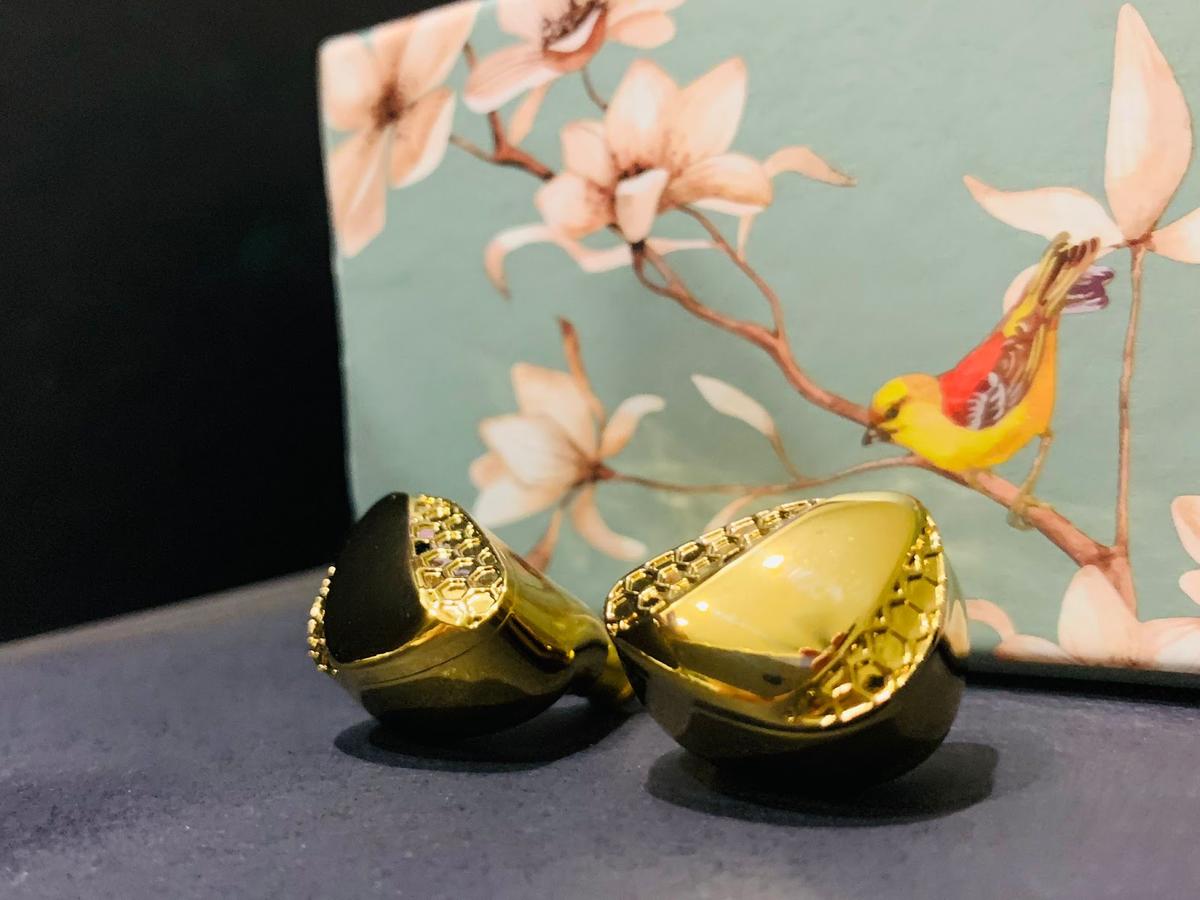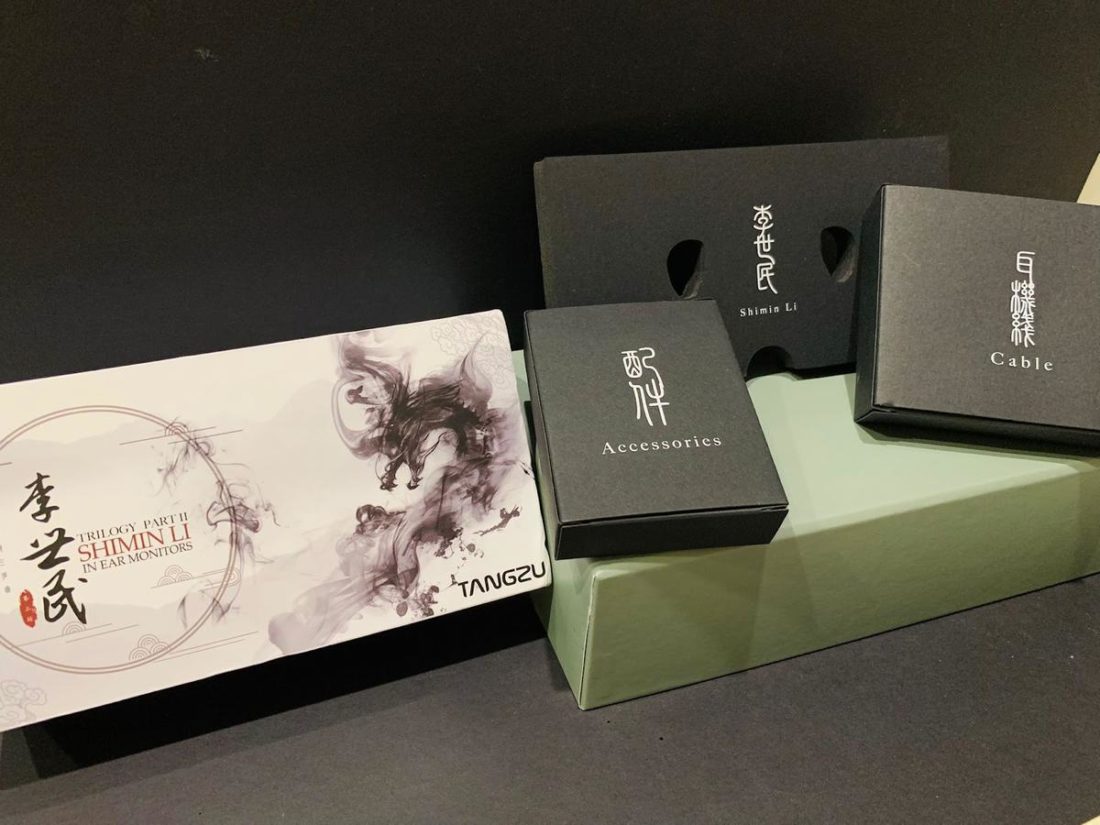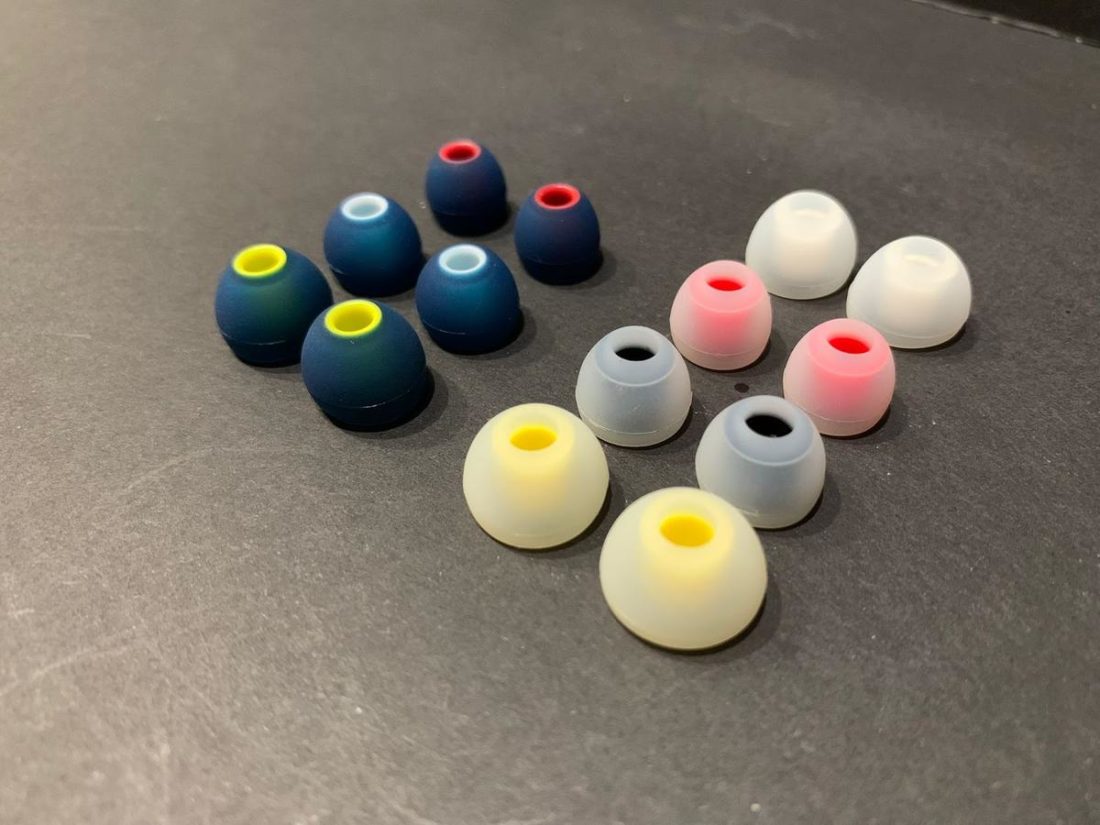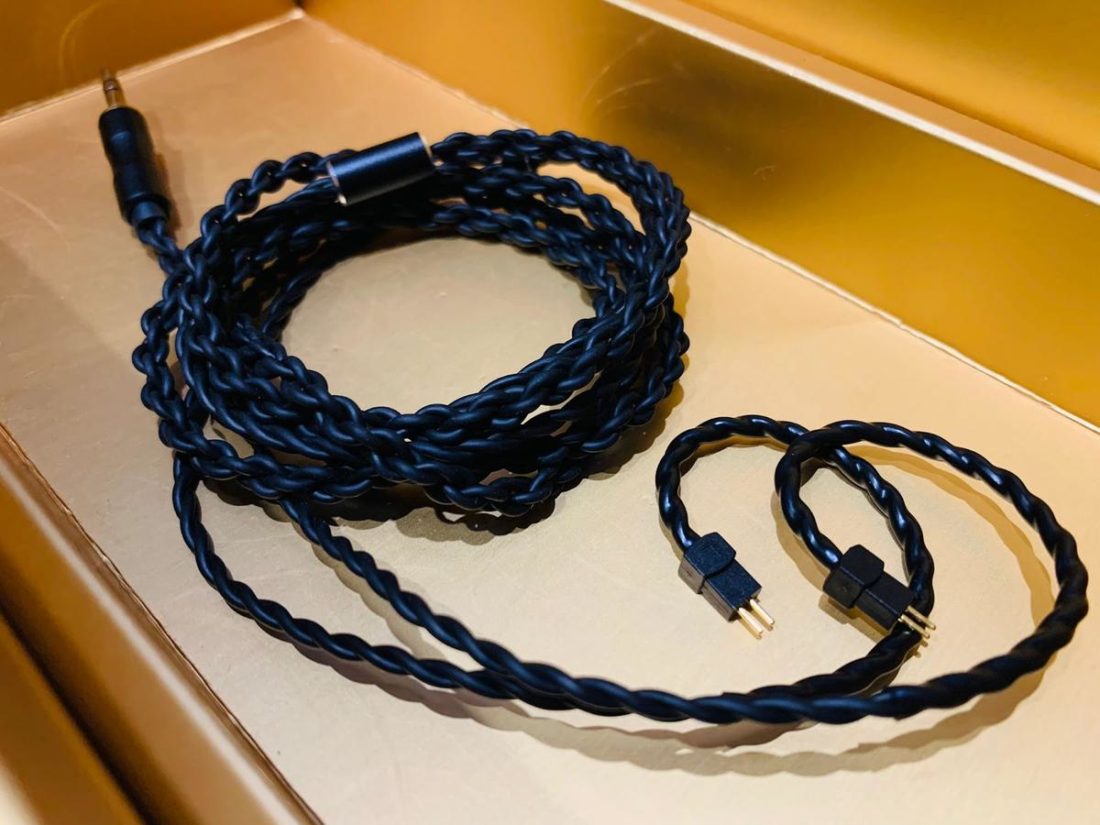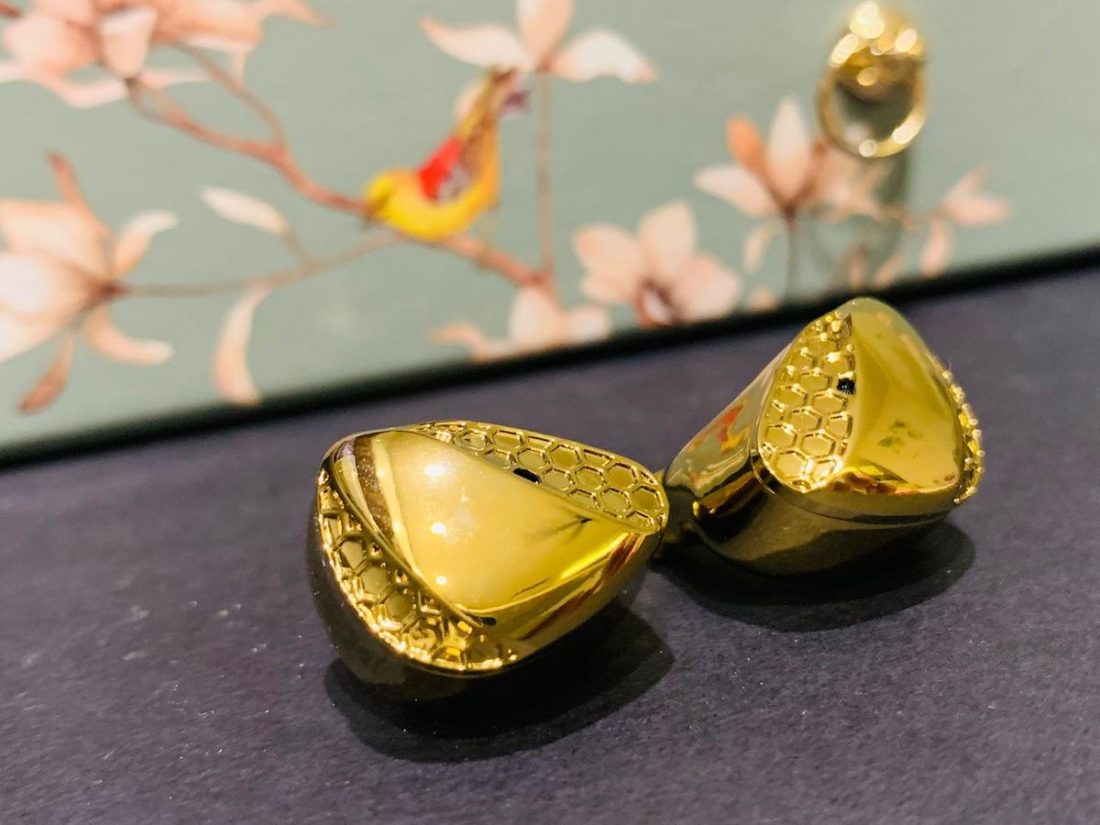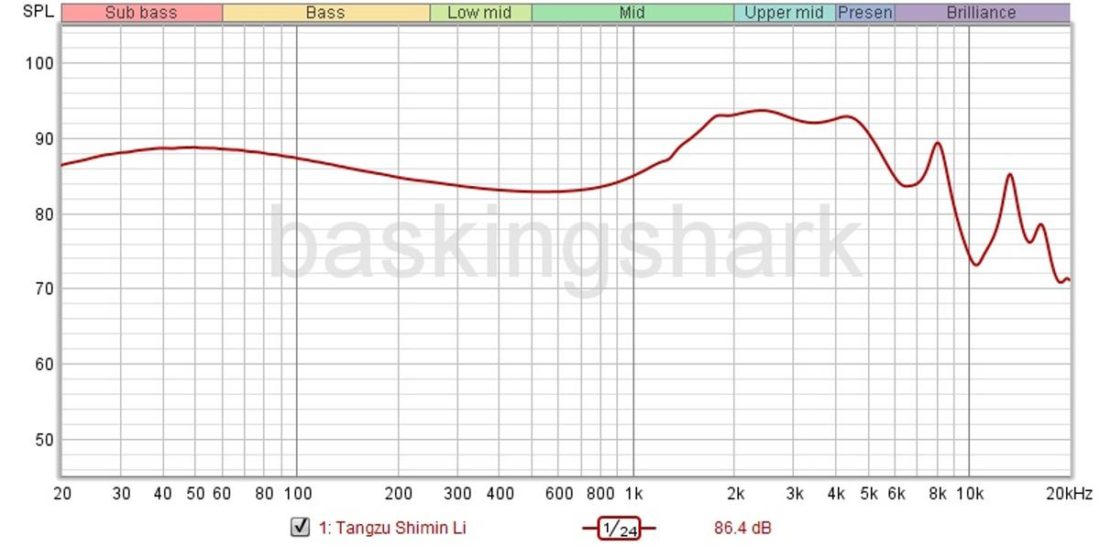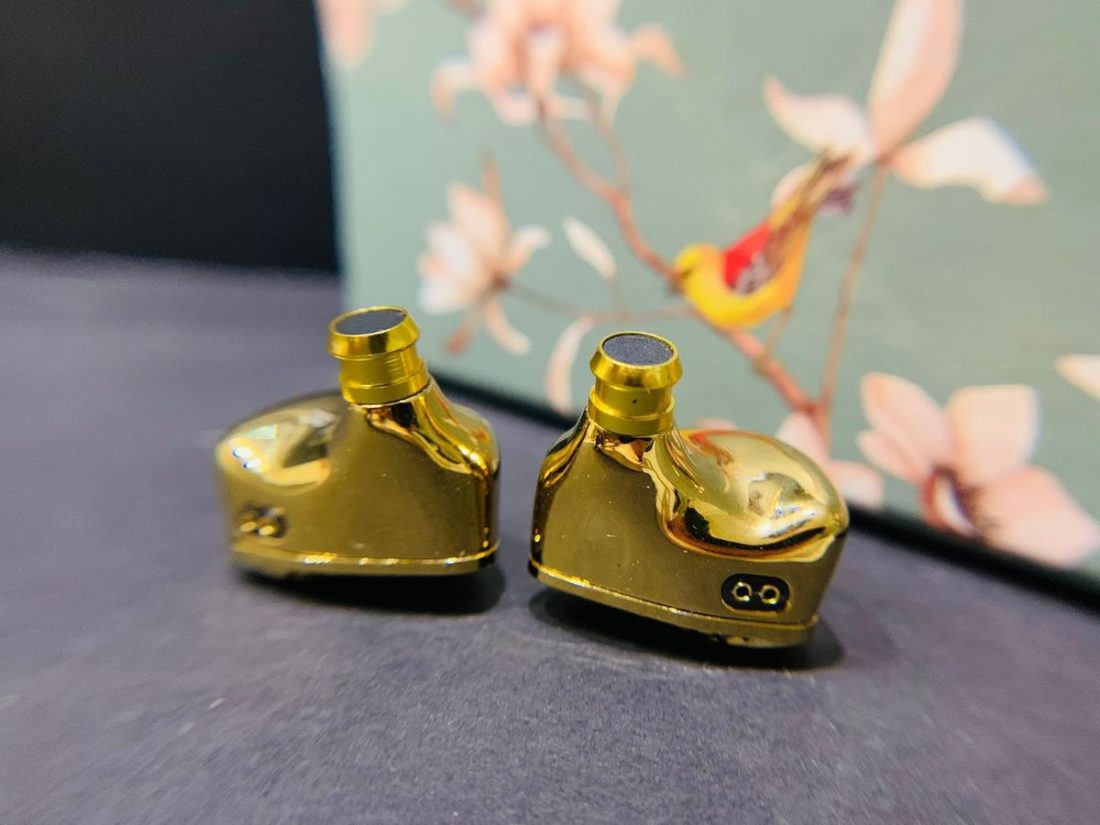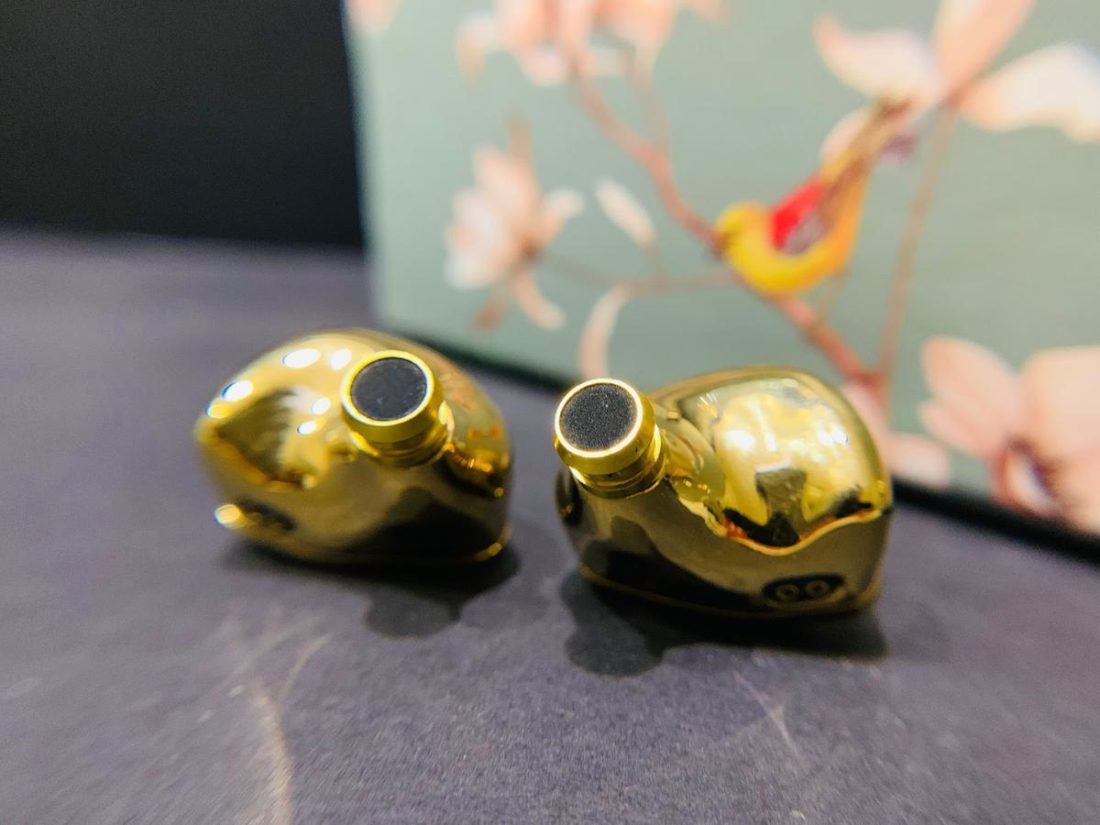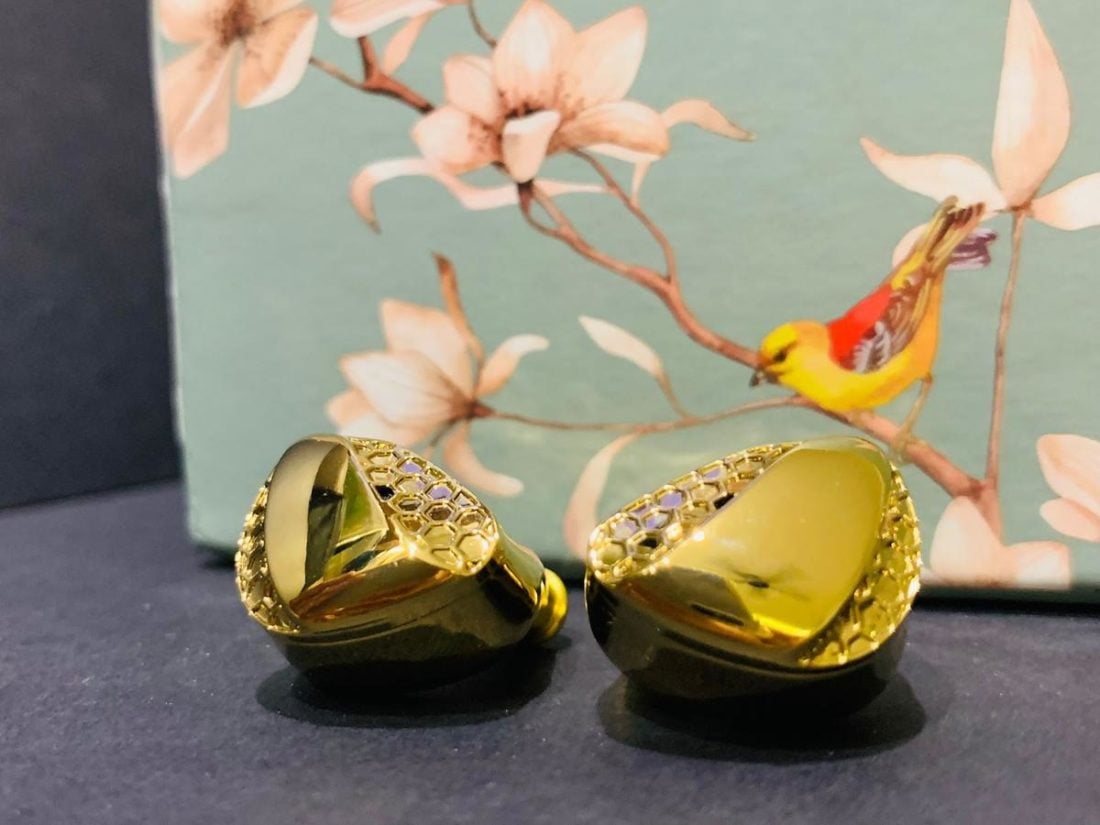The rule of Emperor Taizong is regarded as a golden age for ancient Chinese civilization, as he ushered in an incredible era of profitable trade, great military strength, and a robust economy. Indeed, for almost a century after his death, China remained prosperous and continued to experience the fruits of his labor – a stable Chinese kingdom spanned from the Korean peninsula to Central Asia and Vietnam. However, there is a dark underside to this tale, trouble brewing under this idyllic utopia. Like a machiavellian scene from the Game of Thrones, Emperor Taizong ascended the throne via underhanded means: he instigated a coup in 626 AD, killing two rival brothers and forcing his father, the incumbent Emperor Li Yuan, to abdicate. Sharing the namesake of one of the most legendary emperors, the Shimin Li IEMs have a massive task! Will lightning strike twice, and can the Shimin Li depose the Yuan Li IEMs like in the past? Will the usurper prevail?
Company Overview
Tangzu Audio are relative newcomers to the CHI-FI scene. They were previously known as Tforce, but had to change their name due to copyright issues. Their first release was the cult-classic Yuan Li, which were the first part of a planned trilogy of IEMs. The Shimin Li we will review today are the second in the series, and the company has a third IEM in the works, the Zetian Wu. They are also coming up with their inaugural earbud, called the Baijuyi.
Technical Specifications
Form: IEMs Drivers: 1 x high-performance dual-cavity dynamic driver Impedance (Ohm): 18 Ω Sensitivity (dB): 109 dB Frequency Response (Hz): 20 Hz – 20 kHz Removable Cable: Y Cable: 5N oxygen-free, copper cable Source Plug: 3.5 mm TRS, single-ended Cup/Shell Plug: 0.78 mm, 2-pin
Packaging
In the box
Tangzu Audio Shimin Li IEMs 4 pairs of narrow-bore silicone ear tips (S, M, L) 3 pairs of wider-bore silicone ear tips (S, M, L) Cable
Sadly, there is no case included, so there isn’t really a complete “royal treatment” provided, but I can overlook this considering the retail price of the Shimin Li is only around USD$35! The rest of the accessories are quite adequate, and there is no need to source for aftermarket gear.
Cable
The included 5N oxygen-free copper cable is pretty serviceable. This cable is well-braided, has good haptics, and is relatively tangle-free. This cable even comes with a chin cinch, and I appreciate its minimal microphonics. I’m not a fan of MMCX connectors in general because they can have issues with frequent cable swapping, so 2-pin connectors are quite welcome in my book. Indeed, Tangzu Audio has claimed that their 2-pin connector is rated for 50000 changes!
Design
The housings are constructed from aviation-grade aluminum alloy. During ordering, one can opt for a gold or silver-colored option. The shells are truly beautiful, with an intricate dragon scale motif. This ties in with the ancient Chinese calligraphic packaging described above, and one can tell that Tangzu really focused a lot on the aesthetics of this set. The housings have left/right letterings to easily identify the sides. Isolation for the Shimin Li is above average, and more than decent, considering they are a vented set.
Comfort
The shells of the Shimin Li are reportedly designed from data garnered from multiple ear samples. Comfort is decent in my book, though the shells lie on the heavier side of the spectrum, so one may get a bit of fatigue with longer listening sessions. YMMV. I do not experience driver flex, but this may depend on the ear tips used and your ear anatomy.
Internals
The Shimin Li’s engine is a 10mm large dual-cavity dynamic driver. I couldn’t find any information on the driver material, but Tangzu Audio says they incorporate N52 magnets and a lightweight diaphragm.
Tangzu Audio Shimin Li Sound
The Shimin Li sport a U-shaped tuning. Timbral accuracy for acoustic instruments is quite natural, other than for lower frequencies, which may be skewed slightly by a bigger mid-bass. Vocals do sound a bit nasal at times, though. This may be a love-it or hate-it scenario, but dynamics on the Shimin Li are compressed, and the sonic profile sounds a bit over-dampened. Note edges and transients are blunted as a consequence. This results in a slight veil to the music. Soundstage width is above-average, though depth and height are bang average. Layering, imaging, and instrument separation are okay. However, micro-details and clarity can be obscured due to an early roll-off in the treble, coupled with the aforementioned dampened sonic profile.
Bass
The Shimin Li are a mid-bass focused set. Bass is north of neutral, and, when called for, the sub-bass extends moderately with rumble. Unfortunately, in terms of bass quality, the bass is one-noted, slow, and untextured, with a prominent mid-bass bleed.
Midrange
The lower midrange is nebulous and “pillowy” due to the aforementioned mid-bass bleed. Transparency and clarity suffer a bit, and this region is thick. Because of this tuning, there will be detractors or lovers of this frequency band. The upper midrange is boosted and may occasionally be a bit shouty, especially at higher volumes (Fletcher Munson curve) or with poorly recorded material.
Treble
The lower treble continues on from the boosted upper midrange but tails off quite rapidly after that. This causes the upper treble to border on being dark, lacking air and sparkle. Sibilance is mild, but treble-heads might not be satisfied with the upper treble.
Comparisons
Thank you for letting us hold court. The Shimin Li will enter a battle royal against other budget single DD sets, plus their predecessor, the Tforce Yuan Li.
Vs. BLON BL-03
We will start off our comparisons with the legendary budget king, the BLON BL-03. These are tuned Harman-like with a mid-bass bump, larger bass quantity, and a more tamed upper midrange. As such, the BL-03 sound warmer and are less fatiguing in the pinna gain region. Note weight is thicker and lusher on the BL-03, with the BL-03 providing a more analogue profile. Timbre is more natural on the BL-03, though the BL-03 have inferior instrument separation, micro-details, clarity, and imaging. The elephant in the room is the poor fit of the BL-03. They have a very short nozzle and a stiff cable hook that yanks the IEMs out of the ears. Most consumers will have to spend a bit more coin to source aftermarket cables/ear tips to optimize fit, which adds to costs. In contrast, the Shimin Li are ready to be used out-of-the-box and have better isolation than the BL-03.
Vs. Moondrop CHU
The CHU are one of the biggest hypetrains of this year. They follow Moondrop’s virtual diffuse sound field (VDSF) tuning philosophy (their in-house variant of the Harman curve). The CHU have less marked upper mids but more treble compared to the Shimin Li. Note weight is noticeably thinner on the CHU, and instruments and vocals lack thickness compared to the Shimin Li, which adds some unnatural coloring to the mix. In technicalities, the Shimin Li shades the CHU and are better in imaging, micro-details, instrument separation, and soundstage. The CHU also have a non-detachable tangly cable, which may be a deal-breaker for some. Aesthetics are definitely better on the Shimin Li (well, other than Moondrop’s quintessential Waifu on the box – haha). Decisions, decisions. Which pair should one get? The CHU are cheaper than the Shimin Li and are not as shouty in the upper midrange, with more air and sparkle, though with a thinner note weight.
Vs. Tanchjim OLA
The OLA are tuned to the unique head-related transfer function (HRTF) frequency curve. The OLA have superior clarity, imaging, and instrument separation but have a more intimate soundstage. Upper treble extends better on the OLA, but they have sub-par isolation, less natural timbral accuracy, thinner note weight, and less bass than the Shimin Li. The OLA, like the BL-03 above, have a notoriously bad fit due to their short nozzles and round shells. Besides affecting comfort and isolation, the poor fit may also skew the sound signature and necessitates folks to spend more on aftermarket accessories. This is unlike the Shimin Li, which fit well without one needing to jump through hoops.
Vs. Tanchjim Tanya
The Tanya are a bullet-shaped pair of IEMs with a non-detachable cable. The Tanya have much more bass and are warmer with less upper treble. The Tanya sound more analogue with a thicker note weight and are less technical than the Shimin Li. The Tanya are also noticeably harder to drive. The non-detachable cable of the Tanya may be a clincher on which pair not to get (or to get).
Vs. Tforce Yuan Li
This may not be a fair comparison due the price-gulf between the two pairs, but successors like the Shimin Li are always (somewhat unfairly) measured against their predecessors. And, of course, from history, we have the compelling backstory of the son trying to wrestle the throne from his father! In a nutshell, the Yuan Li are more refined. They have a more organic timbre, a more natural tonality (less shouty upper mids, better treble extension), and superior technical performance. The soundstage, bass tightness, instrument separation, micro-details, and imaging are all improved on the Yuan Li. While the Shimin Li are a step or two behind their highly-acclaimed predecessor, the Tforce Yuan Li, one must consider that the latter are almost four times more expensive – though they are not four times better, as per diminishing returns in this hobby.
Vs. HZSound Heart Mirror
The Heart Mirror are a neutral-bright pair; they have a more neutral and linear bass and have much brighter treble. Note weight is thinner on the Heart Mirror, with more air and sparkle (and sibilance), and they may be more fatiguing for treble-sensitive folk. The Heart Mirror have improved technicalities, boasting better imaging, micro-details, and clarity, though they have a smaller soundstage than the Shimin Li. The Heart Mirror are also slightly harder to drive.
Where to Buy
Aliexpress HIFIGO
Conclusion
The Shimin Li are decent entrants to the highly competitive ultra-budget single DD arena. They do not cost a princely sum yet provide exquisite packaging and an attractive shell design. Technicalities are not too bad and they are easy to drive, even from lower-end sources. Unfortunately – this may be overly harsh, considering the asking price of this set – the Shimin Li do suffer from some tonal flaws, such as undefined one-noted bass, an occasional shouty upper midrange, and a dark upper treble. The sonic profile also sounds a tinge over-dampened; this may be a royal pain for some, but others may like it. In the big scheme of things, the Shimin Li IEMs are above average for a budget pair of IEMs. However, they struggle to live up to the lofty achievements of the emperor they are named after. In the lineage of kings in the Tangzu/Tforce trilogy, the Shimin Li are unable to dethrone the incumbent ruler, the Yuan Li. The Shimin Li are also arguably not a pair for IEM addicts who have been around the block and back and already own higher-end single DD types with better tonality and timbre. Nevertheless, I think the Shimin Li are worth consideration for beginners wanting to sample a U-shaped tuning – different from the dime-a-dozen Harman or V-shaped budget rivals – without paying a king’s ransom.
